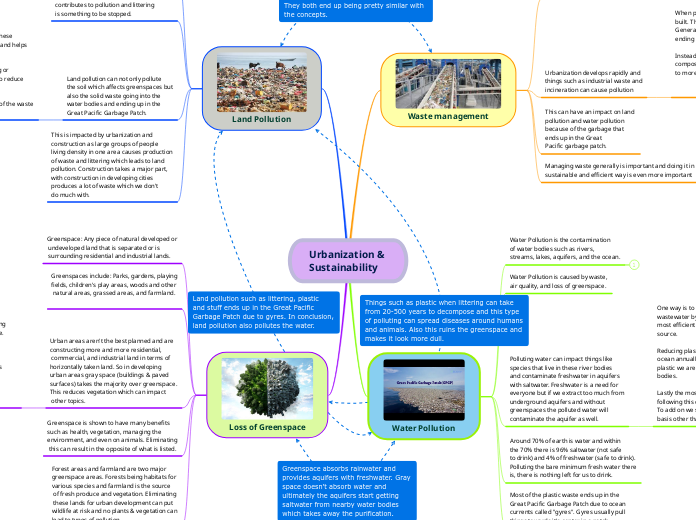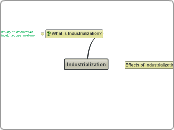da AD - 09AA 850248 North Park SS manca 1 anno
124
Urbanization & Sustainability
The contamination of both land and water is intricately linked to urbanization and the sustainability challenges it brings. Land pollution often stems from littering and waste accumulation, exacerbated by dense populations and construction activities in urban areas.









